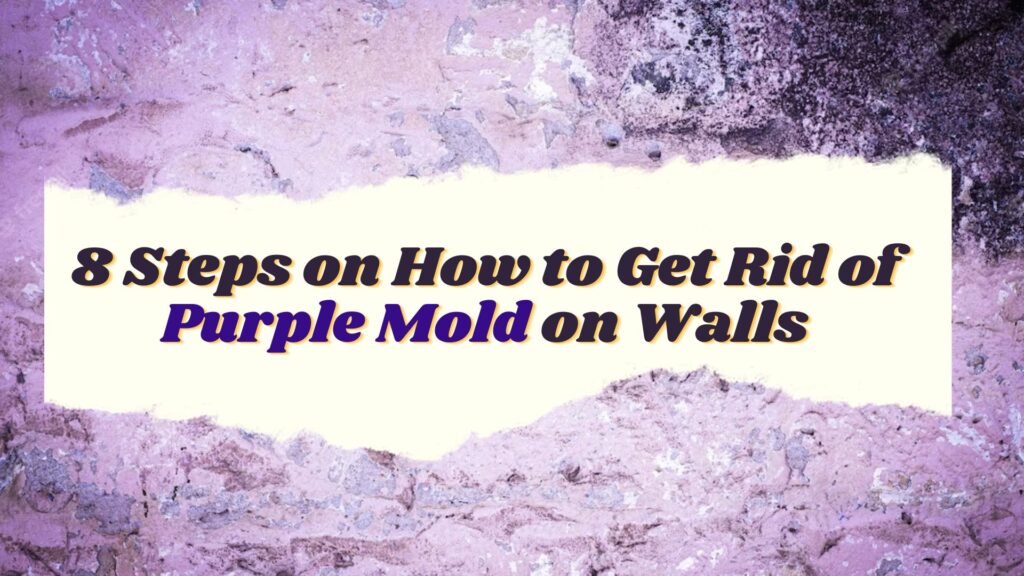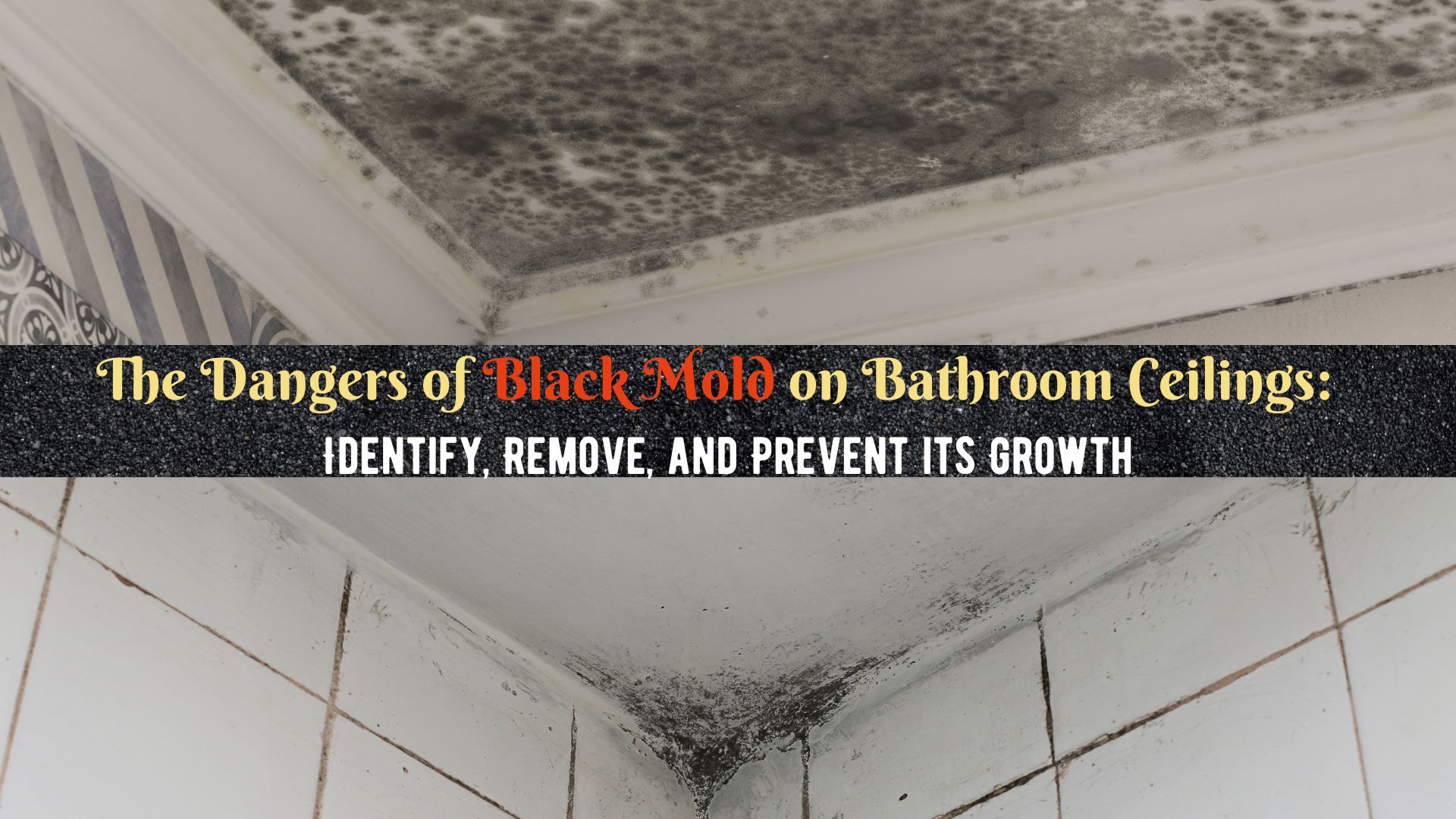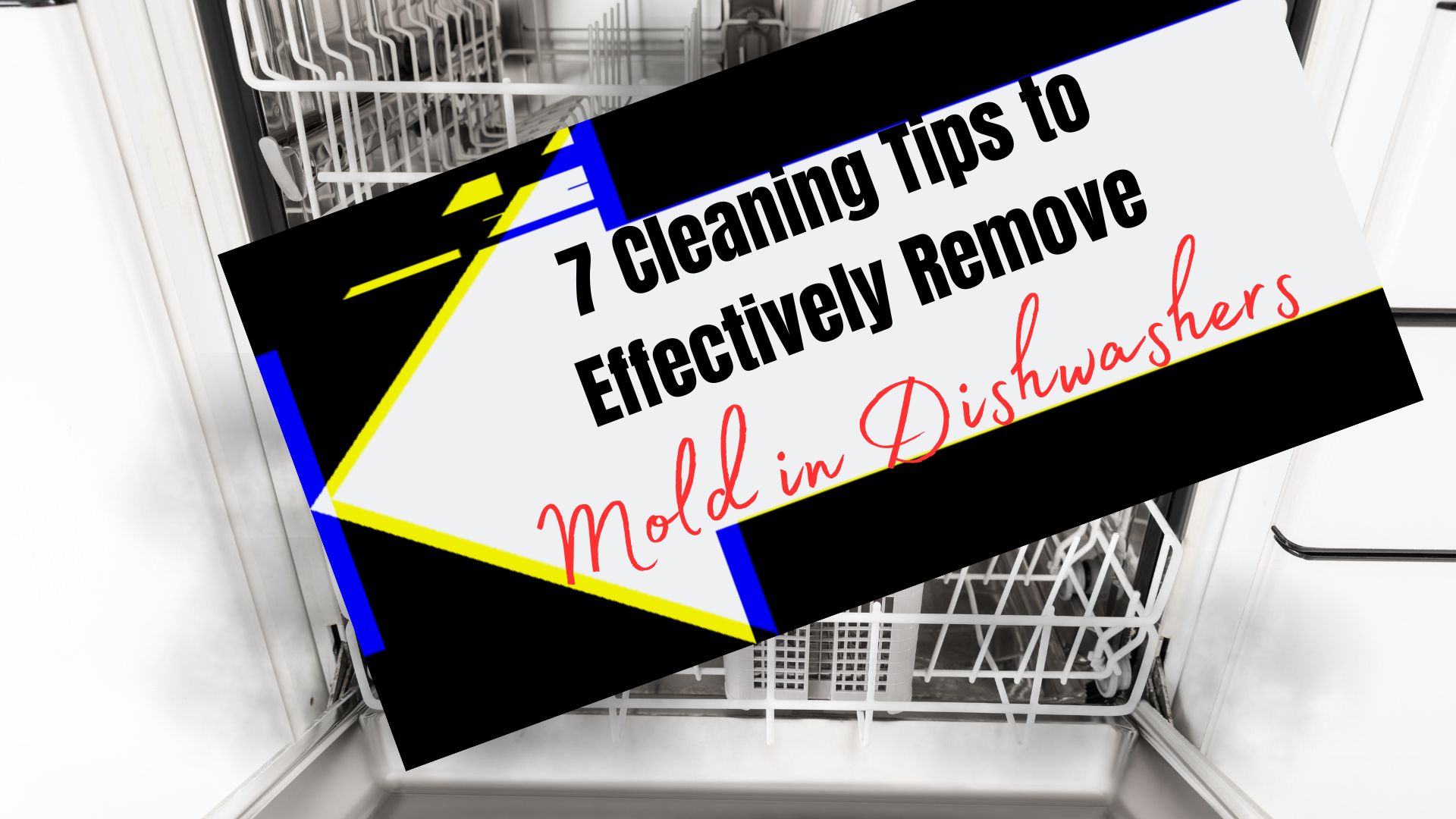Getting Rid of Purple Mold on Walls
Mold, be it indoor or outdoor, comes in different forms, varieties, and colors. Moreover, there are types that are more dangerous than others. In this article, we will give you information on one mold species that may be harmful and usually not common indoors. At some point, you may have encountered the purple mold.
The purple mold usually grows on unexposed wood and walls. Unfortunately, it can also cause damage to your home, especially to your walls, and cause allergic reactions in the long run.
Mold growth is rampant when humidity levels in your home are high and usually target kitchens, bathrooms, and basements. Moreover, the most commonly affected area is your wall! By reading this full article, you will learn some tips on how to get rid of purple mold problems on your walls.
What is Purple Mold?
Purple mold is a type of mold that has a distinctive purple color. It is a type of fungus that grows in damp, humid environments and can be found both indoors and outdoors. Like other types of mold, purple mold can pose a health risk, particularly to people who have allergies or respiratory issues.
The exact species of mold that appears purple can vary, but one common example is Cladosporium. This type of mold is often found in areas with high humidity, such as bathrooms, kitchens, and basements. It can grow on a variety of surfaces, including walls, ceilings, and even on food.
How to Get Rid of Purple Mold on Walls
Getting rid of purple mold on walls can be a challenging task. But it’s important to address it promptly to prevent it from spreading and potentially causing health issues.
Here are some steps you can take to get rid of purple mold on walls in your home:
- Wear protective gear: Before you start cleaning, make sure to wear protective gear, including gloves, goggles, and a face mask to avoid inhaling mold spores.
- Identify the source of moisture: Purple mold thrives in damp environments, so it’s important to identify the source of moisture and address it. This could be a leaky pipe, a roof leak, or high humidity levels in the home.
- Remove any loose mold: Use a soft brush or a vacuum cleaner with a HEPA filter to remove any loose mold from the walls. Be sure to dispose of any contaminated materials in a sealed bag.
- Use a mold removal solution: There are several effective mold removal solutions available, including bleach, vinegar, baking soda, hydrogen peroxide, or a commercial mold remover. Follow the instructions on the product label carefully, and test the solution on a small, inconspicuous area of the wall first. Place the mold solution in a spray bottle then spray the affected areas.
- Clean the affected area: Use a scrub brush or sponge to clean the affected area thoroughly with the mold removal solution. Make sure to cover the entire area, including the surrounding surfaces.
- Dry the area: After cleaning, use a fan or dehumidifier to dry the area thoroughly. It’s important to keep the area dry to prevent the mold from growing back.
- Paint the area: Using mold-resistant paint in these areas can help prevent purple or black mold from growing in your home. Moreover, this can help improve indoor air quality and reduce the risk of health problems associated with mold exposure. Mold-resistant paint can also help extend the life of painted surfaces, as mold growth can cause paint to peel, crack, or discolor over time.
- Monitor the area: Keep an eye on the area for several days or weeks to ensure that the mold does not return. If it does, you may need to repeat the cleaning process or seek professional mold remediation services.
It’s important to note that if the affected area is larger than 10 square feet, or if you are experiencing any health issues related to mold exposure, you should seek a mold professional. A professional can help identify the source of the problem and safely remove the mold from your home.
Purple Mold: Prevention
Preventing purple mold from growing in your home is the best approach to avoid the need for mold removal. Here are some steps you can take to prevent the growth of purple mold in your home:
- Control indoor humidity: Keep indoor humidity levels below 60% to prevent the growth of mold. You can use a dehumidifier to lower indoor humidity levels.
- Ventilate your home: Use exhaust fans in the kitchen and bathroom to vent excess moisture and humid air outside. As part of drying the affected area, keeping the doors and windows open also helps in getting rid of mold.
- Fix leaks promptly: Any water leaks or moisture problems should be fixed as soon as possible to prevent mold growth.
- Clean regularly: Regular cleaning and dusting can help prevent mold growth by removing spores before they can settle and grow.
- Use mold-resistant materials: When building or remodeling your home, use mold-resistant drywall, flooring, and paint.
- Inspect your home regularly: Regularly inspect your home for signs of mold growth, such as discoloration or a musty smell.
Water Damage and Mold Damage Restoration Services
Got purple mold, green mold, or any type of mold on your property? Superior Restoration can properly identify the extent of the problem and safely kill molds from your home. They have the tools and expertise to ensure that the mold is completely removed plus the affected area is properly cleaned and sanitized.
Don’t hesitate to call us today, Water Damage Corona. We also offer emergency water damage restoration services. Please check our website, we are also available 24/7.





